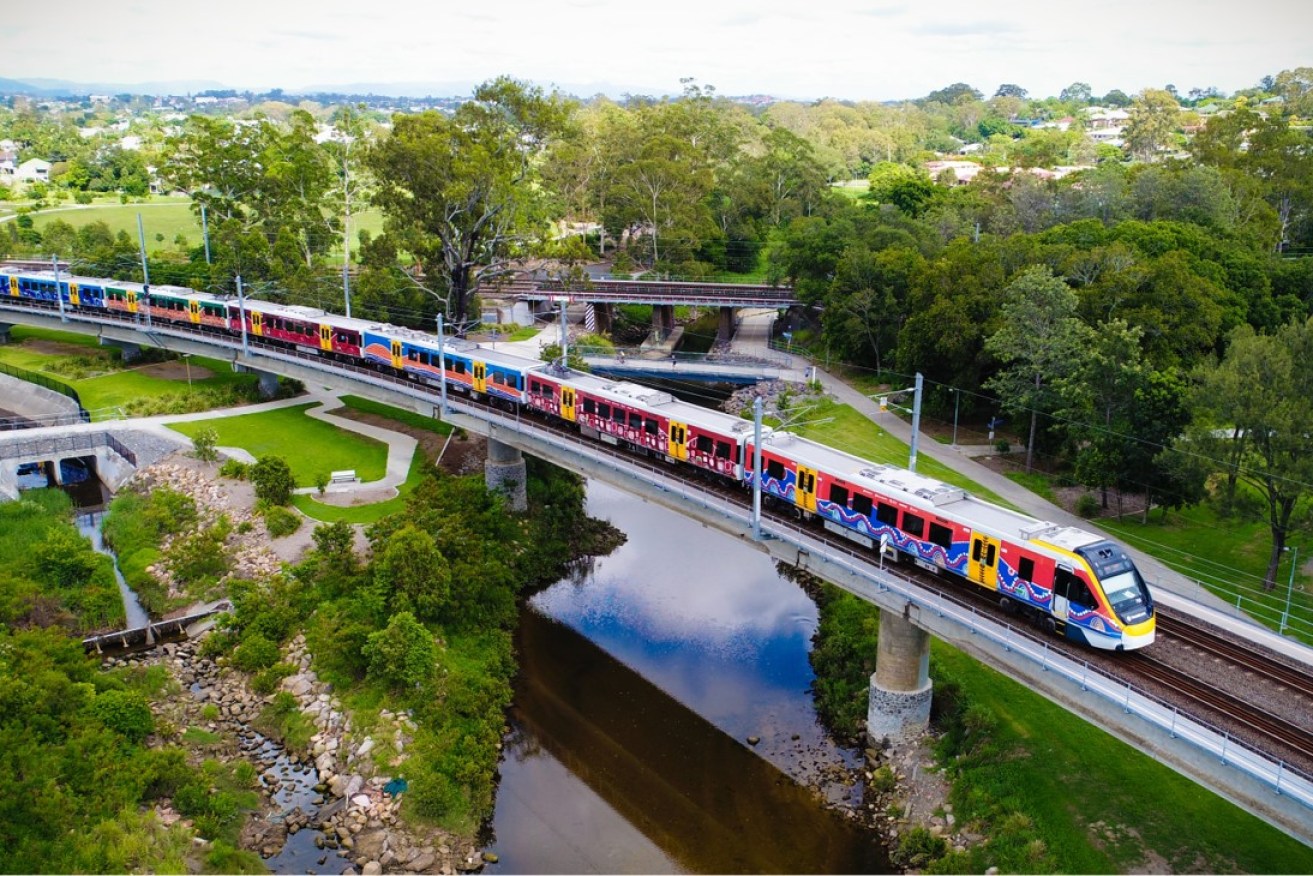Behold the new State Infrastructure Strategy – solid as a handful of sand
Queensland’s new State Infrastructure Strategy might look impressive at first glance but its flabby and non-specific language will make tracking its success difficult writes Robert MacDonald


The Queensland Government released a 122-page State Infrastructure Strategy last week.
Premier Annastacia Palaszczuk and Infrastructure Minister Steven Miles would have us believe it’s a significant document.
It’s not.
“We consulted widely on a draft strategy to help shape this document, which sets out a 20-year vision for infrastructure to boost productivity, create jobs and improve liveability,” Palaszczuk and Miles say in their joint foreword.
Well, yes, it does set out a vision but in such flabby and non-specific and unmeasurable terms as to be pretty much meaningless.
Here’s an example.
The strategy recognises that productivity growth in Queensland’s construction sector – the state’s third-largest employer and a $27 billion-a-year contributor to the local economy – is falling.
What’s required, it says is, “a step change in the way we plan, design, construct, manufacture and operate infrastructure to improve performance and efficiency”.
Fair enough. And how do we do that? With a ”Construction Productivity and Workforce Roadmap”.
Which will do what exactly?
It “will guide and facilitate productivity and growth, drive innovation and improve workplace attraction, retention, and the culture of the infrastructure and construction sectors”.
And if that’s not clear enough, the roadmap will also “guide government and industry efforts to support the infrastructure and construction industry to enhance productivity, enable opportunities to assess, re-design and harness efficiencies, drive growth and address market capacity issues to ensure Queensland remains competitive and an attractive place to invest”.
But wait, there’s more.
“Developed with industry, the roadmap will aim to position the industry as a good place to work and improve diversity and participation rates of underrepresented groups such as women and First Nations peoples.”
The strategy provides no costings or detail about how these fine ideals might be achieved.
In fairness, I’ve been involved in preparing government policy documents and publications in various past lives and know it’s impossible to convince anyone in the chain of decision-makers above you that less is more.
Certain rules apply. You need to state the obvious, several times over if possible.
For instance:
“The advent of the internet, online shopping, electric vehicles and rooftop solar are just some of the significant changes we have seen over the past 20 years,” the strategy says.
“In the coming two decades, we will see even more transformational change as emerging industries cement themselves in our economy, we adapt to our changing climate and increasingly severe weather events, and our population ages and grows exponentially.”
And the point?
“Accordingly, we must change and evolve the way we plan, deliver and manage our infrastructure.”
You also need to emphasise the government’s achievements – documents such as these are always as much about self-promotion as policy. For example:
“The Queensland Government’s nation-leading response to the Covid-19 pandemic demonstrated the state’s ability to continue on a path of recovery and growth and emerge stronger than before.”
And you also need to round up every existing program and bit of already committed government funding and bundle them up in such a way that it becomes difficult to tell what’s a new initiative versus something already committed to. You’ll find plenty of that in this document.
With that said, I’m all for as much government openness as possible and this strategy does provide some detail about the Queensland Government’s processes for identifying and delivering the state’s infrastructure needs.
But it does so in language that makes the measuring of success pretty much impossible.
It says the impact of the strategy will be considered against four key objectives, which are to:
- Encourage jobs, productivity and growth
- Enhance sustainability and resilience
- Develop regions, places and precincts, and
- Adopt smarter approaches.
But how exactly will the impact and success be recognised and reported on?
The strategy says the Government has “a diverse and comprehensive performance management framework comprised of monitoring and reporting of portfolios, plans and programs”.
These include such things as “budget papers, capital and service delivery statements, state entity annual reports, strategic and corporate plans, the Queensland Sustainability report” and various other documents.
As someone who’s spent too much time over these years reading through such material trying to find out how the government spends our money and what we’ve got for it, all I can say is good luck with that.
In summary, the State Infrastructure Strategy is not a significant document, although a lot of work has clearly gone into making it look like one.
What it is is a good example of a modern government strategy policy publication – weighty and considered at first glance, with lots of tables and break-out boxes and examples, but ultimately no more substantial than a handful of sand.












